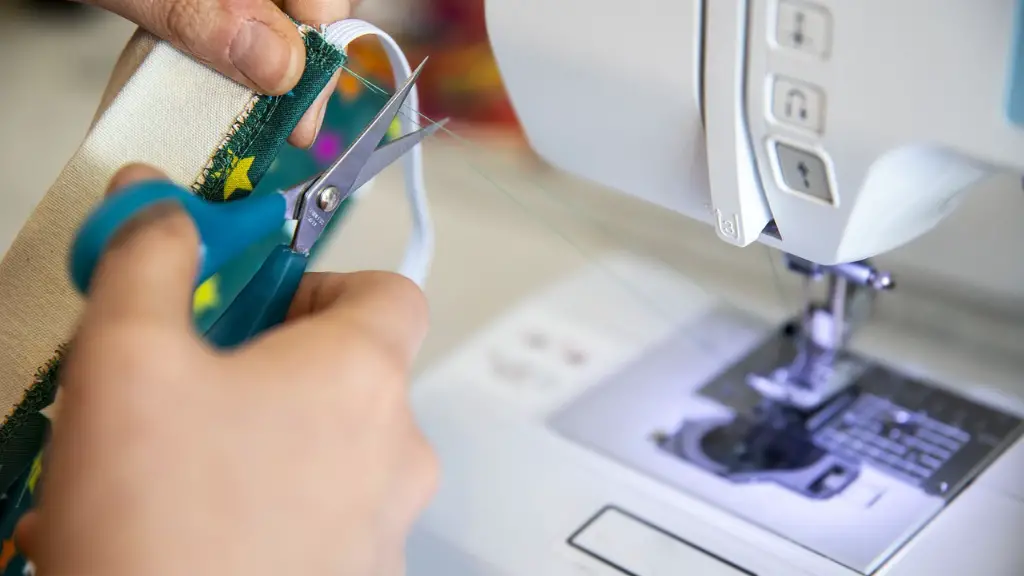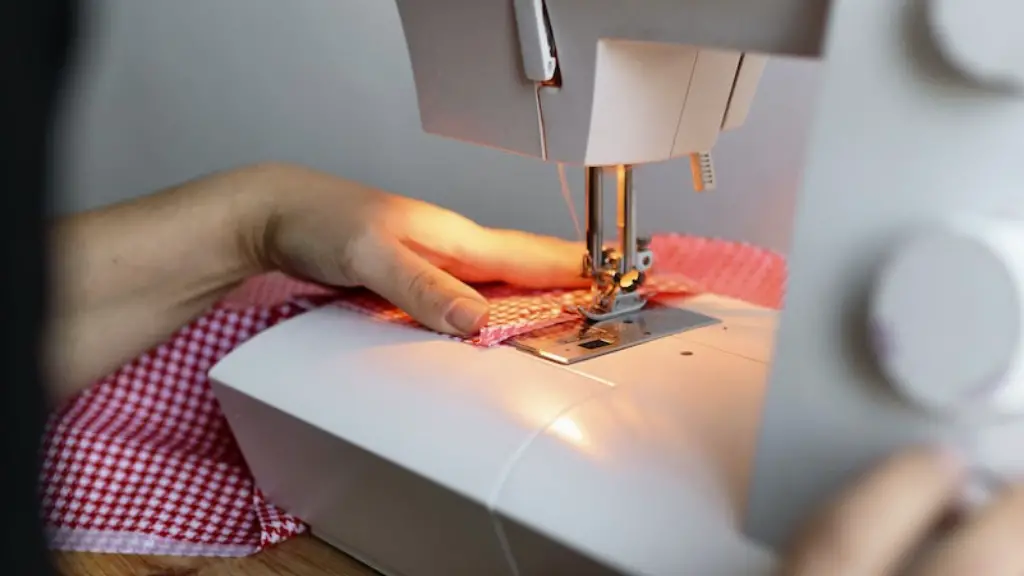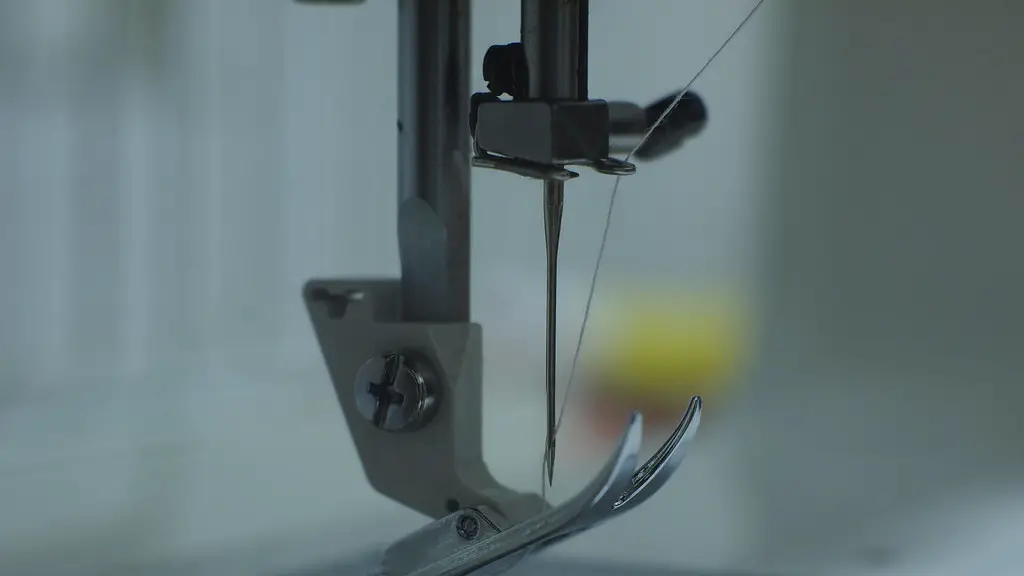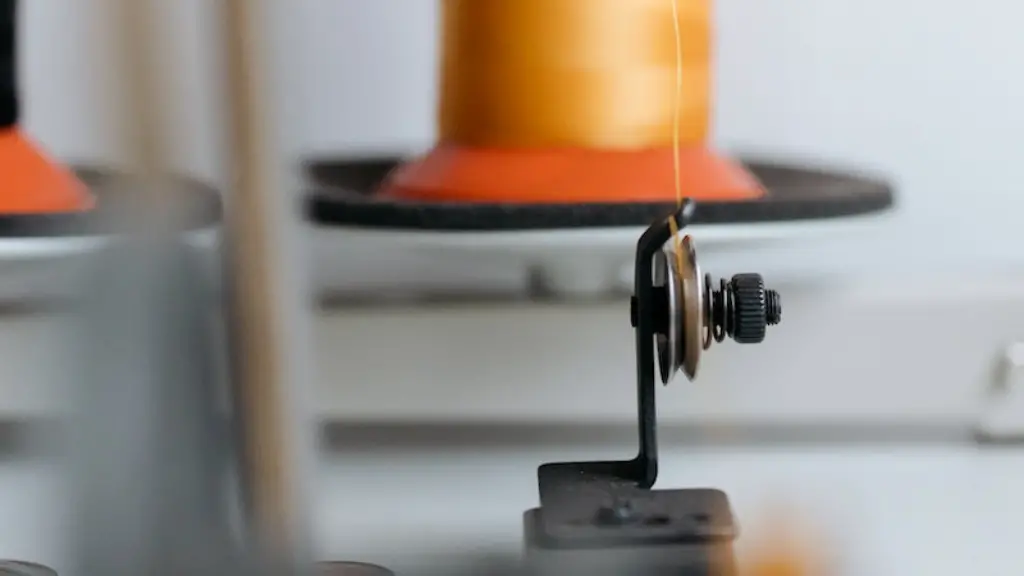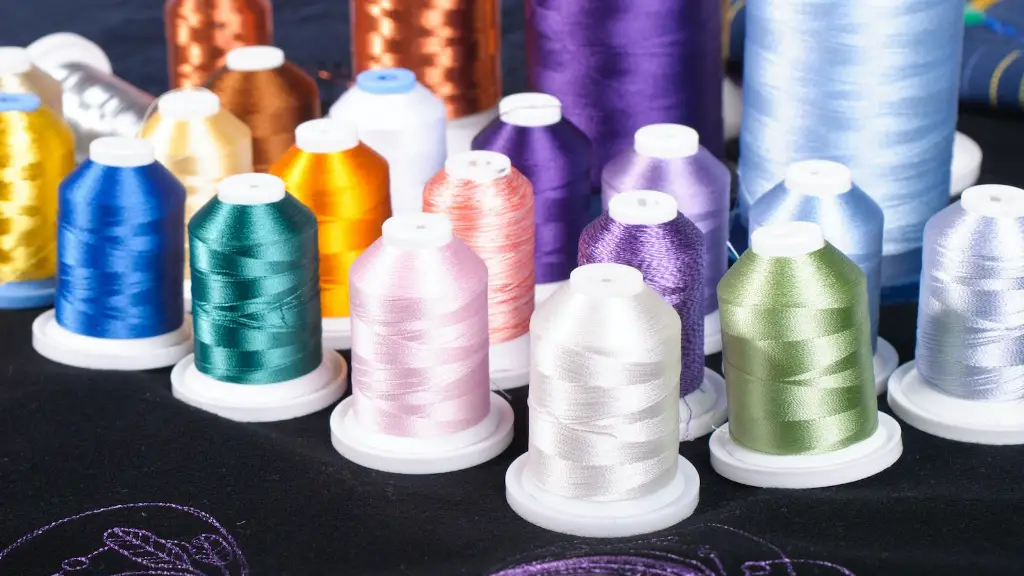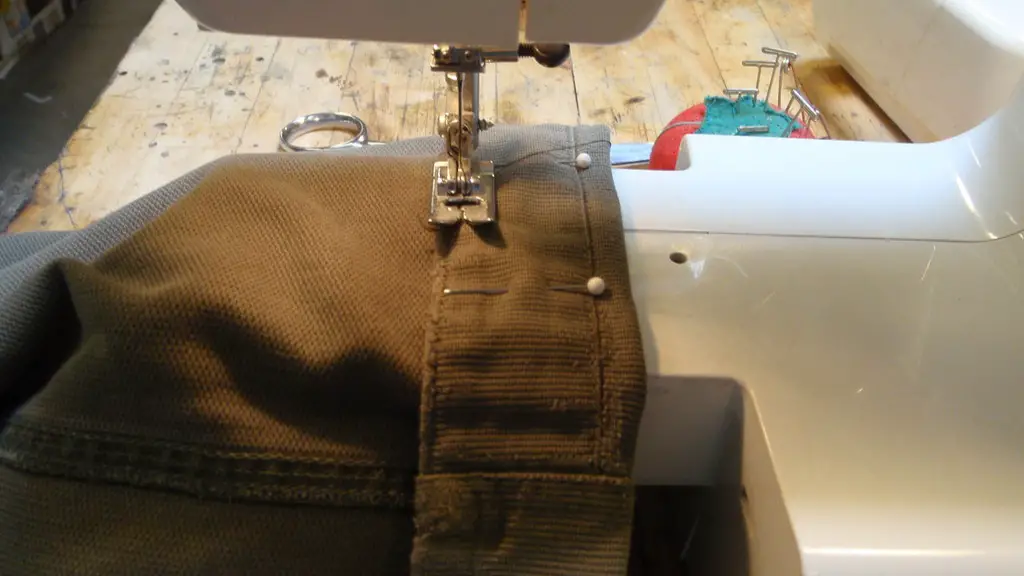How to Practice Sewing Machine
Learning to use a sewing machine is an important task for any aspiring seamstress or crafter. While having basic knowledge on how the machine operates is important to begin the process of creating works of art via fabric and threads, it is also important to know how to practice sewing machine to ensure accuracy and consistency.
When you are ready to practice sewing machine, there are a few important pieces of advice you should keep in mind. The most important element is to prepare the workspace. Make sure that the table is clean and free of any of your belongings, animals, or other distractions. It is also important to make sure that no pets or children are in the room while you practice sewing machine.
You should also ensure that the accuracy of the machine is top-notch. Check the bobbin and ensure that it is properly threaded, that the stitch is even, and that the tension is perfect. If any of these elements are off, it can lead to not-so-perfect results with your final product.
Once the machine is set up, it is important to practice on fabric that is similar to the material that you are planning to use for your project. Sewing on thicker fabric will require a different type of needle, thread, and stitch than sewing on a lightweight material. Take the time to determine the correct settings, practice a few stitches, and make adjustments until the desired result is achieved.
It is also important to practice a variety of techniques while learning how to use a sewing machine. Learning to sew straight lines, curves, and shapes is essential to learning how to prosper as a seamstress. Additionally, practicing techniques such as topstitching, buttonholes, and pocketing will help ensure that techniques beyond the basics can be mastered.
Not only should you practice various techniques, but you should also practice various fabric types. Cotton, denim, leather, and faux fur are a few types of materials that can be sewn, each requiring different settings and techniques. If you only practice on one type of fabric, you won’t be able to get the most out of your sewing machine and it will limit your capabilities.
Finally, when learning how to practice sewing machine, patience is key. Remember that even the most experienced seamstresses had to start somewhere, and it’s not realistic to expect to be perfect right away. Allow yourself time to make mistakes and understand that progress is made with time and practice.
Making Your Own Patterns
One great way to practice sewing machine is to make your own patterns. This may seem difficult at first, but with a little bit of practice, it will become second nature and you’ll be able to create beautiful garments in no time.
To start, you should establish goals for what you want to make. Do you want to make something to wear, or are you more interested in making quilts or other crafts for the home? Once you determine what you’d like to make, you can begin to research. Look up different tutorials and review information from experts, and even look at magazines or catalogs for inspiration.
When it comes to creating your own patterns, the most important part is the measurements. Take your time to find your actual body measurements and write them down. This ensures that whatever you make will fit. Once you have your measurements, you can begin to draft a pattern, based on the measurements and the type of items you’d like to make.
Once the pattern is created, its time to practice sewing machine by making a test garment. Cut a small portion of fabric that is as close to the fabric you’d like to use as possible and use it to ensure the measurements and technique are correct. Eventually, you will perfect the measurements, and be able to create flawless patterns for your sewing projects.
Choosing the Right Needles and Thread
Choosing the correct type of needle and thread is a major part of the sewing process. The wrong combination of needle and thread can create a varied range of results, from uneven stitches to skipped stitches, which can ultimately ruin a garment.
Needles come in a wide range of sizes, and each size is suited for different types of fabric. Use a size 80/12 needle for lightweight fabrics, a 90/14 needle for medium-weight fabrics, a 100/15 needle for heavy fabrics, and a 110/16 needle for extra-heavy fabrics.
Thread comes in even more varieties than needles.if you’re working with lightweight fabric, use a lightweight thread. Cotton, blend, and all-purpose threads are great for lightweight fabric.heavier fabric such as denim requires a heavier thread nylon or polyester are suitable for this application. When it comes to heavier fabric, you may also want to use a heavier needle, such as the 110/16.
Take your time when choosing needles and thread, and practice sewing machine on scrap fabric to ensure the combination is suitable. This will ensure accuracy and a stellar end product.
Practicing Without Fabric
When it comes to learning how to practice sewing machine, it isn’t necessary to practice with fabric all the time. Instead, you can use newspaper or a similar type of paper to practice basic techniques. You can even use cardboard or plastic to make a custom pattern in preparation for an upcoming project.
Not only are these materials a great way to practice, but they’re also a great way to save money on fabric. It also helps to build skills and learn proper technique for later use. Sewing on paper is also great for any concept of design that requires outlining as it makes it easier to find the seam from the paper.
Making Errors and Troubleshooting
Despite your best efforts, you may find yourself with a few errors when it comes to practicing sewing machine. The first step is to find the error. Once identified, it is important to not panic, but rather to work to find the solution.
When it comes to fixing any machine-related errors, the most important thing is patience. Take a step back and analyze what went wrong. Common errors include machine tension being off, mis-threading, and the needle being too thick or too small. You can adjust the tension, re-thread the machine, and experiment with different needles until the error is fixed.
It is also important to go back to basics when it comes to troubleshooting. Make sure that the thread is threaded properly, the fabric is prepped for sewing, and that all the settings are correct before beginning to sew. Following these simple steps can save you from frustrating situations.
Finding Inspiration
When you’re looking for inspiration or references to use when you’re practicing sewing machine, it can often be helpful to find outside sources. Libraries, online tutorials, magazines, and even fashion and home furnishing catalogs can serve as valuable sources of inspiration.
Additionally, watching other people practice sewing machine can be an enlightening experience. Look for dedicated sewing shows and channels for more advanced techniques.
Whenever you are practicing sewing machine, creativity is key. Go outside of the box and feel empowered to explore new ways of creating beautiful works of art.
Purchasing Supplies
It is important to purchase the correct supplies when it comes to practicing sewing machine. Know what fabric, thread, and needles that you’ll need for the project. Additionally, purchase an array of fabrics and colors so that you can practice on different fabric types.
Don’t be afraid to look for supplies outside of the standard fabric stores. Search online, look for thrift stores, or even attend garage sales, as they can yield a plethora of supplies that are great for practicing.
Keep in mind that purchasing quality supplies isn’t always necessary. If you are just getting started, you can practice sewing machine on cheaper, lower-quality supplies to ensure accuracy before you invest in more expensive materials.
Practicing Sewing Machine
Eventually, you’ll get to the point where you feel comfortable enough to practice sewing machine without any guidance. Take a few minutes each day to spend time just practicing. This will help you build your skills more quickly and empower you to become a more confident seamstress.
Remember that mistakes are part of the process. Take your time and lead with patience instead of frustration if a mistake does occur. It is also important to be flexible with expectations. Don’t expect perfection as a beginner, and focus on honing your skills so that you can become a more experienced seamstress.
